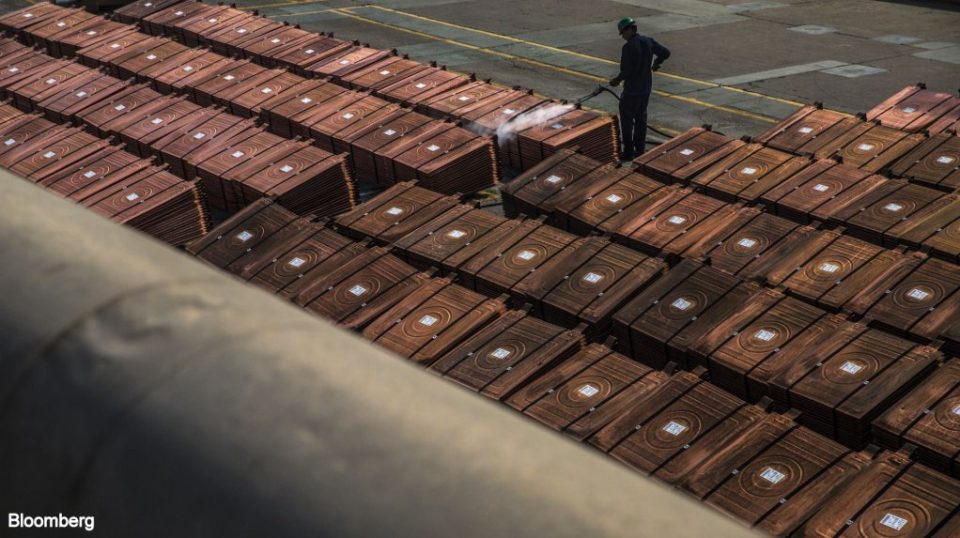The United States is on the verge of receiving a massive wave of copper shipments, as global traders rush to beat potential tariffs proposed by President Donald Trump. Between 100,000 and 150,000 metric tons of refined copper are expected to arrive in U.S. ports in the coming weeks, potentially surpassing the all-time record of 136,951 tons set in January 2022.
This surge in copper imports is a direct response to Trump’s recent order for the U.S. Commerce Department to investigate possible copper tariffs on national security grounds. The announcement has sent copper futures in New York soaring above other global price benchmarks, creating a unique arbitrage opportunity for traders.
Major commodities traders, including Trafigura Group, Glencore Plc (LSE: GLEN), and Gunvor Group, are redirecting large volumes of copper originally destined for Asia to the United States. The influx is so significant that additional warehousing space is being booked in New Orleans and Baltimore to accommodate the shipments.
The implications of this copper flood are far-reaching. As supplies are diverted to the U.S., other markets, particularly China – the world’s largest copper consumer – are experiencing a drain on their resources. This shift is creating a notable price disparity, with U.S. copper prices significantly higher than those in overseas markets.
Goldman Sachs anticipates that U.S. net copper imports could rise by 50% to 100% in the coming months. The bank also projects that U.S. copper inventories may expand by 200-300 kilotons by the end of the third quarter. These developments are expected to have a substantial impact on global copper market dynamics.
The copper industry is already facing significant challenges and opportunities. BHP (NYSE: BHP), the world’s largest mining company, forecasts that global copper demand will increase by 70% to reach 50 million tonnes annually by 2050, driven by the metal’s crucial role in the energy transition and emerging technologies.
To meet this growing demand, the copper industry needs to invest an estimated $2.1 trillion over the next 25 years. This investment is necessary to address declining ore grades, aging mines, and the increasing demand from sectors such as electric vehicles, renewable energy, and battery storage.
The current surge in U.S. copper imports comes at a time when the global copper market is expected to face a shortfall. Goldman Sachs projects a global copper deficit of 180 kilotons by 2025, attributed to robust electrification demands, stimulus measures in China, and a slowdown in mine supply growth.
As the situation unfolds, American manufacturers may experience a taste of the cost inflation and supply-chain disruptions that could result from a full-blown trade war. The copper price in the U.S. is expected to remain elevated, with Goldman Sachs predicting that the London Metal Exchange (LME) three-month copper price will average $10,200 per ton in the third quarter of 2024.
This unprecedented influx of copper into the U.S. market serves as a stark reminder of the interconnectedness of global commodity markets and the far-reaching effects of trade policies. As the copper industry navigates these challenges, it must also prepare for the long-term growth in demand driven by the global energy transition and technological advancements.

